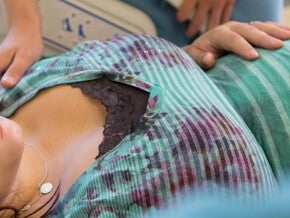
It is imperative to understand that these are guidelines and not guarantees for your labour. The most important thing you can take into labour is an open mind. Points to consider include, among others, the role your partner will play, the type of pain relief you would want and when, eating and drinking during labour, being allowed to adopt any position and the ability to move around, skin-to-skin contact with your baby and early breastfeeding.
Ten suggestions for writing your birth plan
1. Keep it short and to the point. There may not be time for caregivers to read reams of writing.
2. Use short sentences to sum up, and be polite.
3. Be specific, for example, “I would prefer my baby to be delivered onto my abdomen”.
4. Keep your options open and be flexible. Birth plans are not cast in stone. Bear in mind that labour and childbirth are unpredictable.
5. Plan for the unexpected: you may need a Caesarean or your baby might need special care.
6. Discuss a draft of your plan with your midwife or doctor.
7. Give a copy of your plan to your midwife or doctor to add to your file and keep a copy yourself.
8. Show your birth plan to your childbirth educator for feedback and discussion at your antenatal classes.
9. Mention any special needs that you may have, such as how to cope with an existing condition and what help you will need.
10. List the things you really don’t want to happen, such as “I don’t want my baby to have supplementary feeds without my permission”.

















